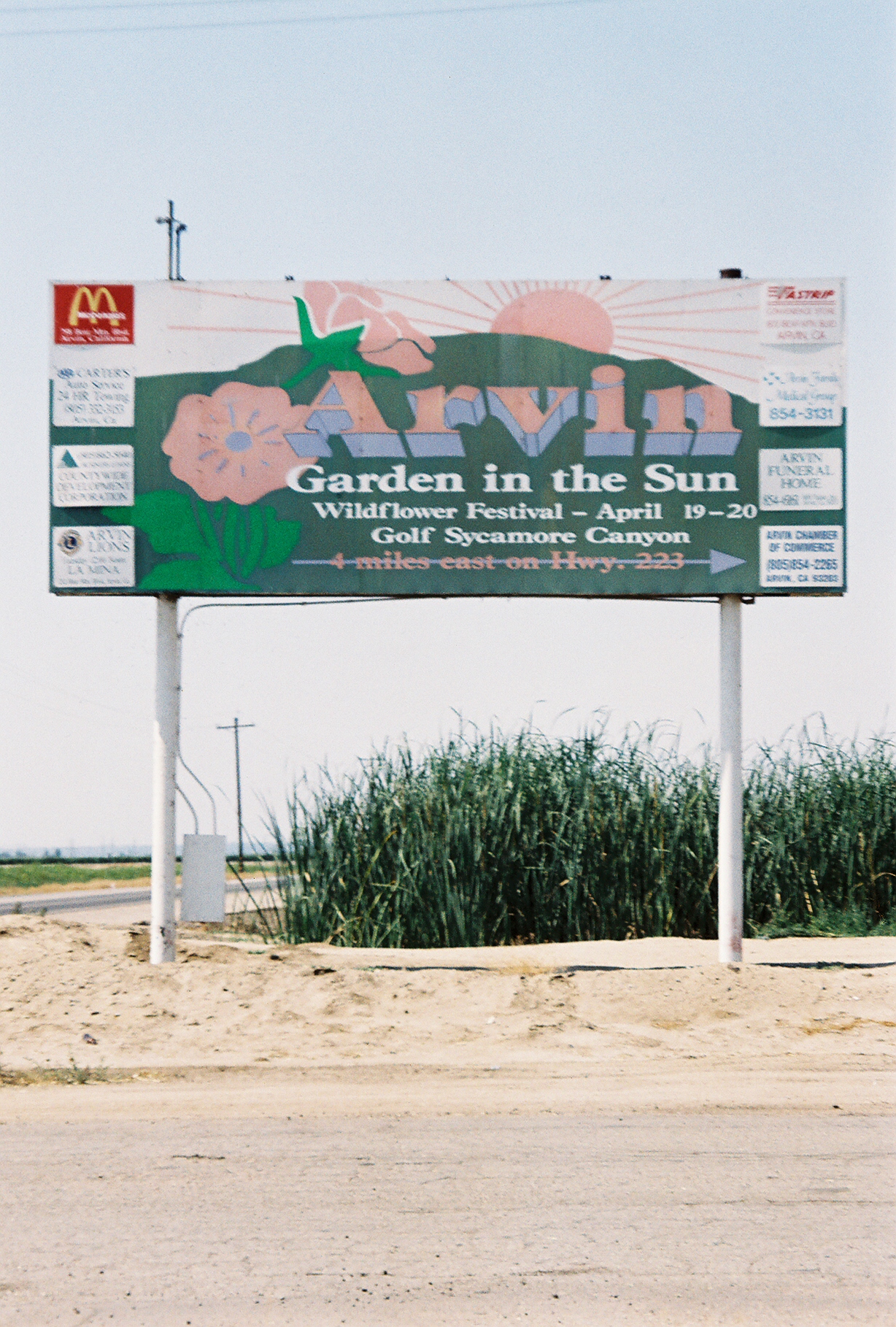

 Arvin, California was named
after the pioneer storekeeper, Arvin Richardson. The 'colony'
that became Arvin was began in 1907. The post office was
established seven years later on July 2, 1914 with Birdie Heard
serving as the first postmaster. The city of Arvin was
incorporated in 1960.
Arvin, California was named
after the pioneer storekeeper, Arvin Richardson. The 'colony'
that became Arvin was began in 1907. The post office was
established seven years later on July 2, 1914 with Birdie Heard
serving as the first postmaster. The city of Arvin was
incorporated in 1960.
Padre Garces was the first white man known to have visited the area. His purpose in passing through was to find a new route from Mexico to California. Arvin is believed to be the very first spot that Garces visited when he arrived in the valley on route from Tucson, Arizona.
Today Arvin has grown to encompass many square miles of land and to be home to thousands of residents. Its chief economic drivers have been agriculture and oil and continue to be so today. World-class agribusinesses and light industry have located here in recent years. The wildflowers east of the city are world famous and have drawn thousand through the years.
Arvin is an incorporated community with its own mayor and city council form of government. A City Manager serves at the pleasure of the City Council, overseeing the day to day. Arvin provides its own law enforcement; fire protection services are by the county of Kern. The local schools are Bear Mountain Elementary, Sierra Vista, Haven Drive, and most recently the Grimmway Academy Charter School. Students in the area eventually go to Arvin High School.
Arvin is situated 22 miles from Bakersfield on SR 223, between SR 184 and Freeway 58. Its location at the foot of the Tehachapi range provides a scenic backdrop for the city and its people. Arvin experiences extremes of temperature due to this locale. Summer heat can exceed 110° F, winters can fall below 25° F. In recent years Arvin has enjoyed the dubious distinction of having the 'worst air' in the nation. But ongoing efforts to mitigate pollution in the entire San Joaquin Valley hold out the promise of better air ahead.